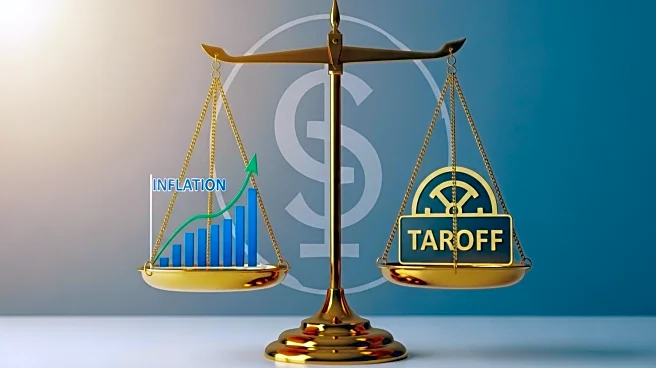What is the story about?
What's Happening?
Retirement planning for federal employees involves understanding key milestone ages that affect financial security, health coverage, and overall well-being. The Thrift Savings Plan (TSP) allows individuals aged 50 and older to make 'catch-up' contributions, enhancing retirement savings. At age 55, penalty-free withdrawals from TSP and 401(k)s are possible under the 'Rule of 55' if employment ends in the year one turns 55. At age 59½, individuals can access TSP accounts without penalties, although regular income taxes apply. Ages 60-63 offer higher catch-up contribution limits under SECURE 2.0, and age 62 provides a higher FERS benefit computation for those with 20 years of service. Finally, age 73 marks the beginning of required minimum distributions from tax-advantaged retirement accounts.
Why It's Important?
Understanding these milestone ages is crucial for federal employees to maximize their retirement benefits and financial security. The ability to make catch-up contributions and access funds without penalties can significantly impact retirement savings. The higher FERS benefit computation at age 62 can lead to increased monthly benefits, providing greater financial stability. Required minimum distributions at age 73 ensure compliance with IRS regulations, avoiding penalties. These milestones offer opportunities to optimize retirement strategies, protect health, and support desired lifestyles.
What's Next?
Federal employees should plan their retirement strategies around these milestone ages to ensure they take full advantage of available benefits. Consulting with financial advisors can help tailor these guidelines to individual circumstances, ensuring optimal retirement planning. Staying informed about changes in retirement account rules, Social Security, and Medicare is essential for making informed decisions.
Beyond the Headlines
The complexity of retirement planning rules requires federal employees to remain proactive and informed. Changes in legislation, such as SECURE 2.0, can alter contribution limits and affect retirement strategies. Understanding the interplay between federal and private-sector work can also impact benefits, highlighting the importance of comprehensive planning.
AI Generated Content
Do you find this article useful?














